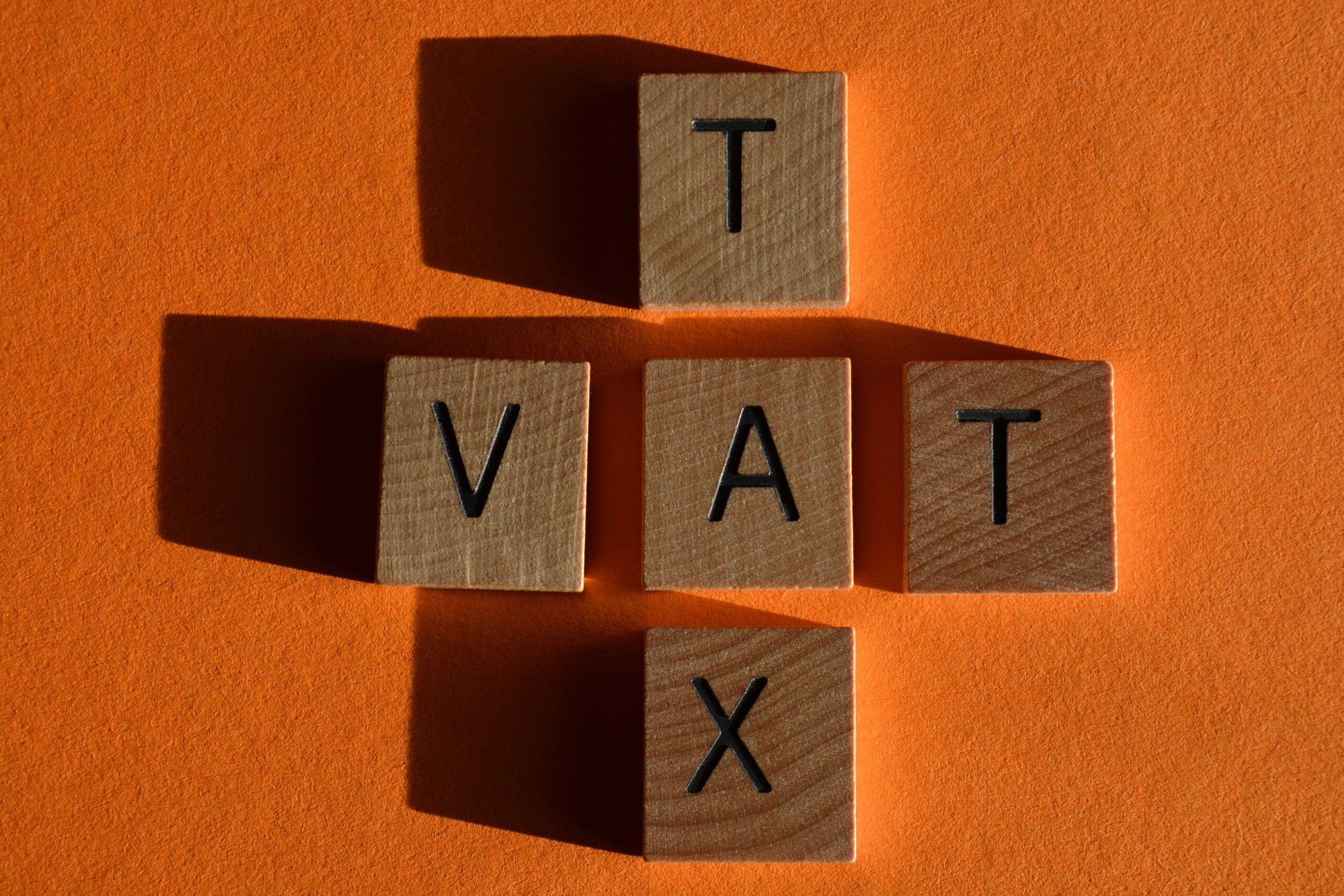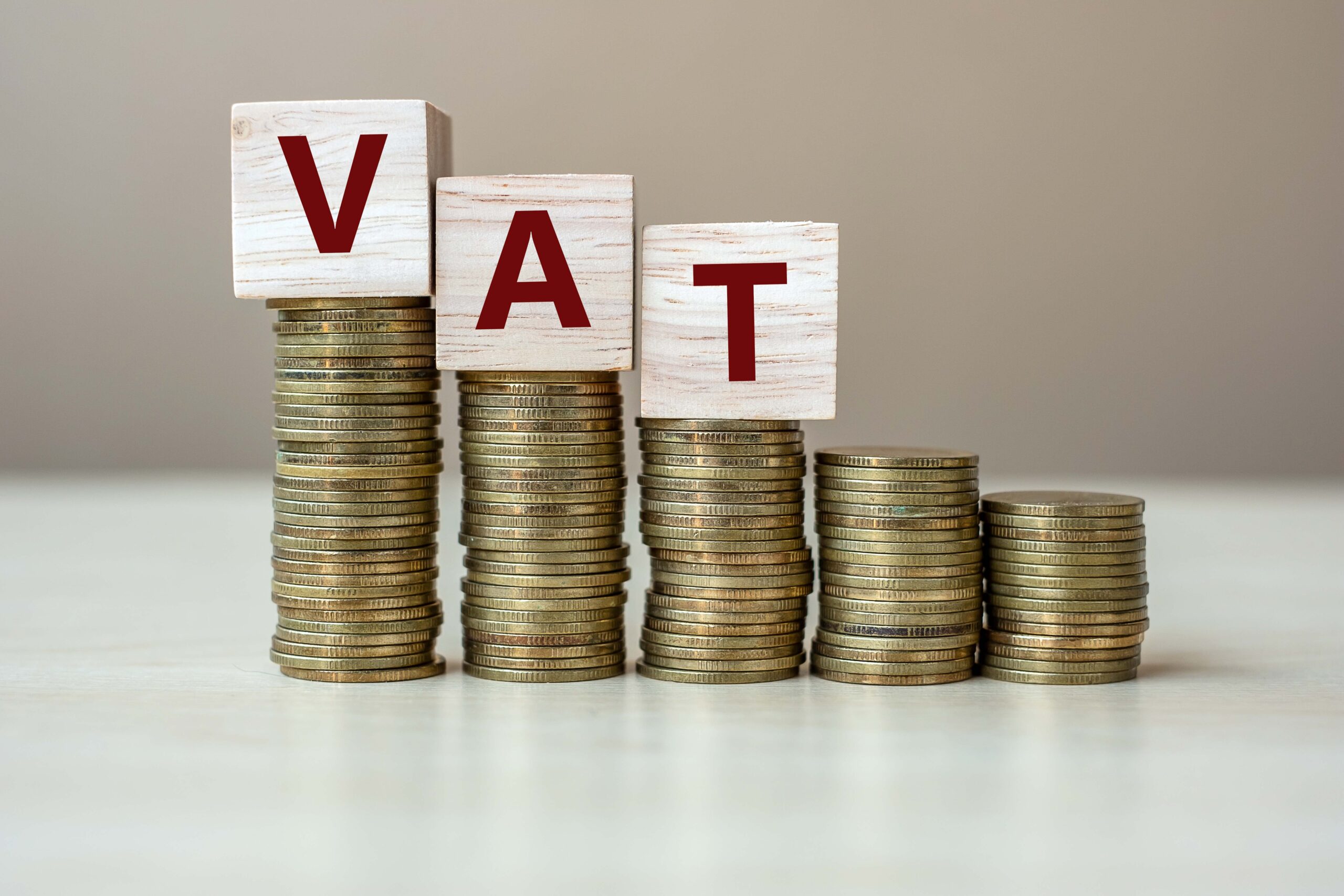In a bold step to invigorate the economy, the government of St. Lucia has reduced its Value Added Tax (VAT) rate from 15% to 12.5%. Announced on February 1 by Prime Minister Allen Chastanet, this significant tax cut is part of a broader strategy to enhance competitiveness, stimulate consumption, and alleviate the financial pressures on households and businesses. The measure also fulfills a key campaign promise made ahead of last year’s general elections, reinforcing the government’s commitment to pro-growth fiscal policies.
Economic Stimulus
The VAT reduction is aimed at fostering an environment where increased economic activity drives tax revenues rather than relying solely on higher rates. Prime Minister Chastanet emphasized that taxation should be linked to real economic output instead of being viewed as a revenue entitlement for the government. According to the administration, the new VAT rate is designed to:
Key Objectives of the VAT Cut:
- Stimulate National Consumption: Lowering VAT is expected to make goods and services more affordable, thereby encouraging spending.
- Ease Financial Burdens: The reduction offers direct relief to households and businesses, reducing overall living costs.
- Attract Investment: A more competitive tax environment is intended to draw both local and foreign investments, boosting the overall economy.
- Enhance Competitiveness: By cutting VAT, St. Lucia aims to position itself as a more attractive destination for businesses looking to expand in the Caribbean region.
These objectives highlight the government’s clear focus on creating a more dynamic economic landscape. The approach is not about redistributing wealth, but rather about leveraging tax policy to drive sustainable growth.
Impact on the Private Sector
The VAT cut is expected to have far-reaching effects beyond immediate consumer savings. Prime Minister Chastanet noted that the move will encourage further investments by creating a favorable business climate. With a lower tax burden, businesses can redirect resources toward expansion, innovation, and job creation. The private sector, which has been seeking relief from high operational costs, stands to benefit significantly from the new fiscal environment.
Key benefits:
- Increased Consumer Spending: As goods and services become more affordable, retail and service sectors are likely to see a boost.
- Business Expansion: Lower taxes can free up capital, enabling companies to invest in growth and new ventures.
- Job Creation: Economic stimulation through increased business activities may lead to more employment opportunities.
- Competitive Edge: A reduced VAT rate enhances the overall attractiveness of the market, potentially positioning St. Lucia as a hub for investment in the region.
These factors collectively contribute to a robust strategy aimed at reviving and sustaining economic momentum.
Future Tax Reforms and Pro-Growth Initiatives
The VAT reduction is just one component of a comprehensive plan to overhaul the island’s tax system. The government has signaled that further reviews of personal income tax, corporate tax, and additional adjustments to VAT are on the horizon. The goal is to establish a tax structure that not only supports economic growth but also maintains revenue stability even as rates decline.
